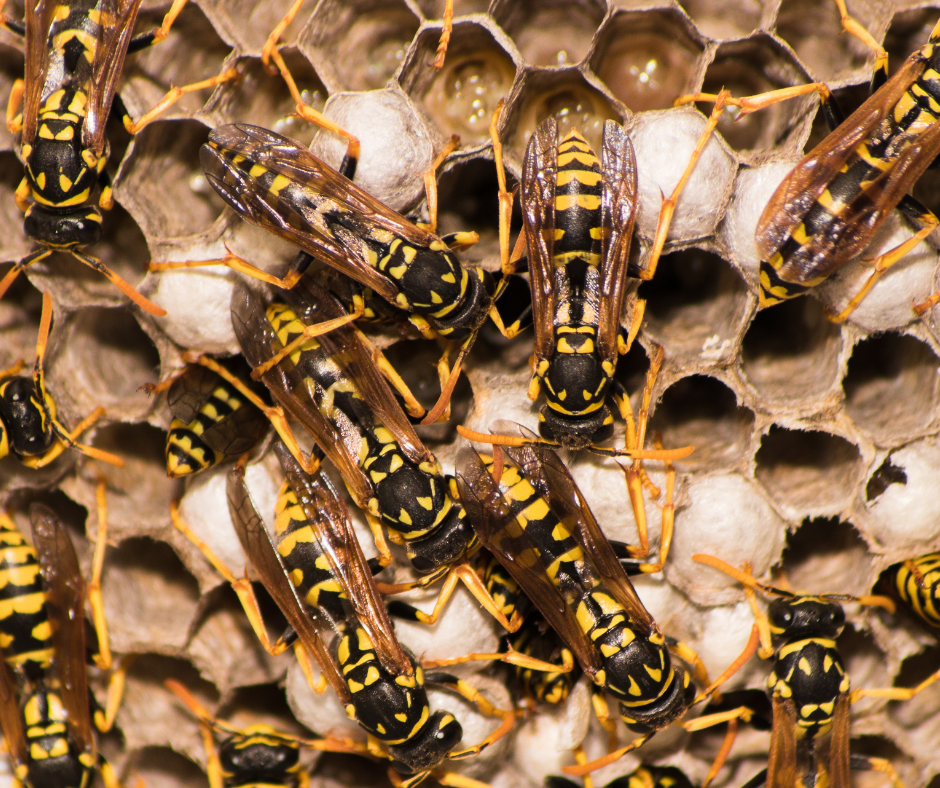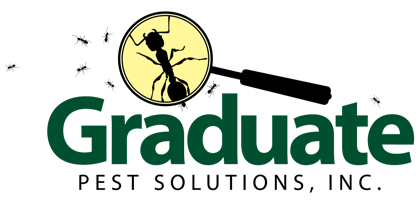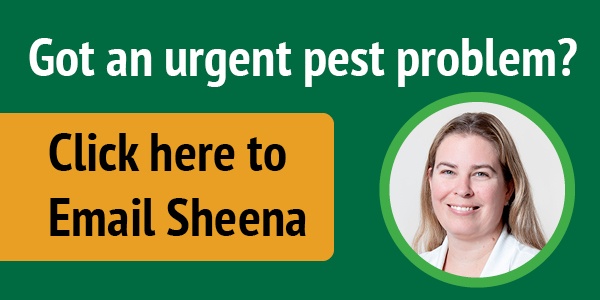Inspect
For every stinging insect treatment, our estimators will thoroughly review your home and
property, determine the scope of the nest(s) and prepare a quote for your service.
Prepare
As a general rule, stinging insect treatments do not require any special preparation. Our technician can come to your home and perform the treatment. If the nest intrudes into a living space, the technician may require your family and pets to leave during the treatment.
Treat
Our treatment procedure involves a thorough removal of nests if accessible. Your technician will perform service on both the internal and external parts of your home.
Identifying Stinging Insects
"I called at 5:00 pm and they were at my house at 7:15 am the following morning. Great service and the wasps were taken care of!"
Mary K.
Stinging Insect Control

Yellowjackets receive their common name from their typical black and yellow color pattern. They are worldwide in distribution with about 16 species occurring in the United States. Bees, hornets, and wasps are, for the most part, a very beneficial group of insects, being the major pollinators of flowering plants, helping to reduce the numbers of many insect pest species, etc. However, of the 54 reported deaths each year from arthropod bites or stings, bees, hornets, and wasps account for 30 percent. When health is at risk, it's best to treat.
Yellowjackets are not usually aggressive unless the nest is threatened. These insects can sting repeatedly and are a real health hazard. Populations can soar towards the end of summer and these insects are common pests at picnics and outside functions, seeking residual sugars left in sweetened and fermented drinks, such as soft drinks and beer.
Most of the pest species of yellow jackets are ground-nesting. Their soccer ball to basketball-sized paper nests are usually suspended from overlying plant roots, logs, or landscape timbers. Yellowjackets are very slow to sting unless the nest entrance is approached and then they are quite aggressive. Each can sting a number of times, inflicting much pain.
Those nesting in or on buildings is only a problem when the nest or nest entrance is disturbed. Generally, yellow jacket nests can be in the soil or above ground. Nests have a paper coating similar to bald-faced hornets, but the nest is not bulbous in shape and flows between voids, for
example in an eave area. Late spring and early summer are the best times to check for exposed nests around your property/home. They will be large enough to see and still small enough to treat or remove easily. Nests that get established in wall and ceiling voids will be harder to see/find but still
easier to treat than when they are larger and have expanded deep into the wall and ceiling voids. Late-season wall and ceiling void nests usually require some specialized equipment and a bee suit. Sealing openings around the foundation, window frames, and soffit areas of your home can prevent void nesting from yellowjackets. However, do not seal an opening with an active nest.



